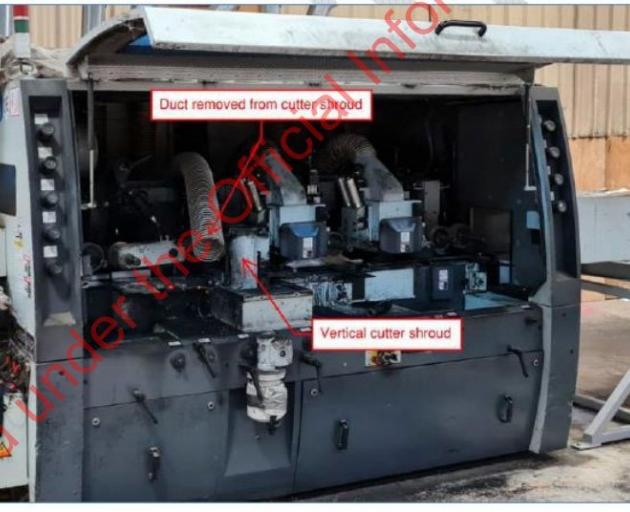
On August 14, 2023, shortly after 2pm, an employee of Timpack in Carncross St, Mosgiel, had his right hand cut off at the wrist while trying to clean a moulding machine while it was on.
The employee was still being trained on the machine when the accident happened.
Worksafe’s incident report, released to the Otago Daily Times, said the injury happened because of operator inexperience, the staff member having removed a guard and attempted to clean the machine while the blades were able to spin.
"In our view, the critical root cause of the injury that occurred in this case was that the machine was being cleaned while still powered", the report said.
"This is an extremely common root cause of machinery injuries worldwide, is a known risk and is the reason why robust lock-out during cleaning is explicitly required by regulation."
The report details that the manager who was training the employee had gone to fill out paperwork when the employee, who had been in training for two weeks, went to clean the moulding machine.
The report said at the time of the accident the machine was not due for any cleaning as it was not the end of the day.
At some stage while the employee’s manager was away doing paperwork, the employee opened an interlocked guard, switched the machine into a run-on/set-up mode, removed the extraction hose to clean the machine then put his hand into the now exposed spinning cutter head, the report said.
His hand could not be reattached.
When asked by WorkSafe, the employee said he could not remember whether the machine had been left on or not.
"Since the incident, Timpack Industries have started removing the key from the moulding machine when the designated trained operator leaves the area."
WorkSafe said there were failures on both Timpack’s and the employee’s parts.
"[The employee] started the machine in manual mode, lifted the interlocked guard, removed the extraction hose from the cutting head cylinder and started cleaning the machine while the blades were spinning despite being trained and reading the standard operating procedures, which instructs users to shut down and lock out the machine prior to cleaning."
However, at Timpack, it was common practice to remove the extraction hose from the cutting head cylinder to vacuum the sawdust within the machine.
However, in these instances the machine was shut down, the report said.












